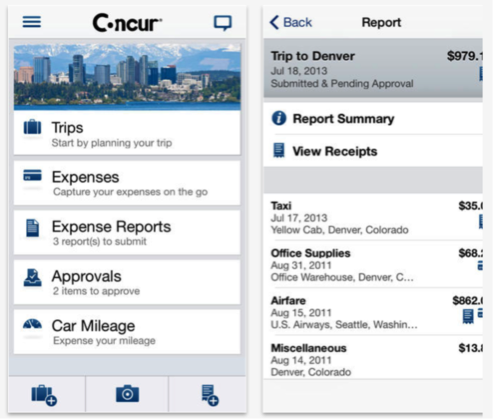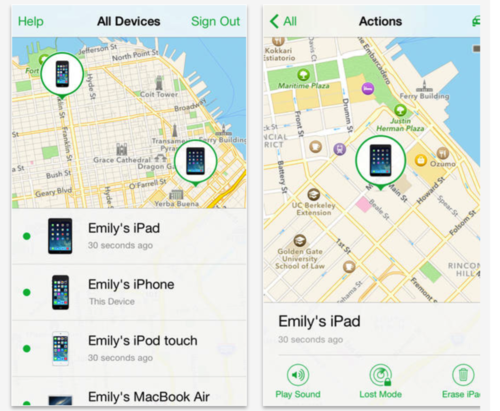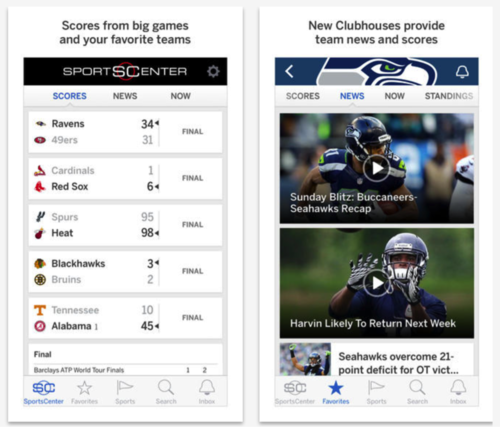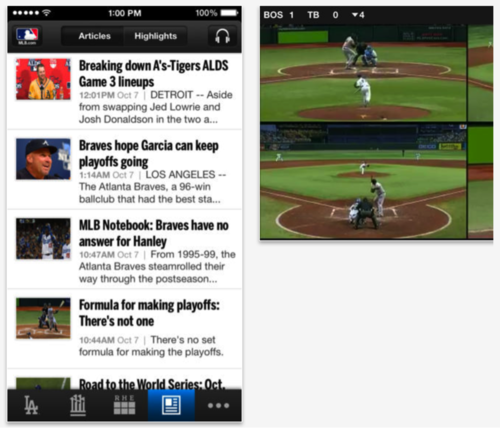It’s an understatement to say that the app economy is booming. Ten years ago, smartphones didn’t even exist – and today?
- Consumers in the United States spend more than two hours per day on their mobile devices.
- The average user has more than 100 apps on their mobile device.
- The app economy has created more than half a million jobs.
- The app industry is worth $25 billion.
It’s estimated that by 2016, the app economy will nearly double in size to be worth $46 billion. That’s no surprise – a report from the United Nations points out that around the world, more people have mobile phones than access to toilets.
Mobile is the single-most powerful way to reach consumers. Brands who jump in now will have a unique advantage of being the first to reach new markets.
The problem is, they’re holding back.
According to a recent report from Econsultancy and Adobe, 45% of businesses still don’t have a mobile-optimized site or app. Only 7% have built an app, and only 21% have implemented both a mobile-optimized site and a mobile app. Why?
- Brands aren’t sure about the ROI of mobile, so they’re hesitant to jump in.
- Mobile is often perceived as an expensive investment.
- Product owners struggle to understand the value of mobile.
- Organizations invest in building one-off apps (that have low customer engagement) and then jump to conclusions that mobile isn’t worth it.
Establishing Product to Market Fit
Successful mobile apps have one quality in common – a strong product-to-market fit. Think of mobile like you would any other entrepreneurial venture. You need to reverse-engineer your app to solve your customers’ most pressing problems.
If you can build an app that addresses a specific need (at scale) and is able to monetize, your company will be in a strong position for success. For inspiration, check out these 7 brands that are building apps with an extremely strong product to customer fits.
1. Adobe Photoshop Touch for iPhone
Photoshop is a long-time favorite for graphics enthusiasts. For years, this software has targeted professional designers, photographers, and hobbyists alike.
Smartphones have expanded the market of image enthusiasts who are constantly taking pictures of their friends, family, and memorable life moments. That’s where Adobe Photoshop Touch (for iPhone) comes in.

The app caters to a market of smartphone image enthusiasts who want their images to look great but may not want to spend hundreds of dollars to edit images on their computers.
Key Takeaways
With a market clearly defined (separate from desktop Photoshop’s customer base of artists and diehard hobbyists), Adobe has priced this app at $4.99. The app comes with some advanced photo correction features that aren’t typically available with smartphone camera software.
Adobe has also designed in its app in a way that complements – rather than replaces – its desktop software.
Adobe Photoshop Touch’s value proposition is that it adds mobile image editing capabilities that camera software can’t handle.
2. Concur – Expense Management
Concur is an integrated travel management and expense platform. The company’s customers are enterprise organizations that need to manage spending reports and reimbursements for frequent travelers.
As you can imagine, end users of the Concur – business travelers – are on the go and do not necessarily have time to be sitting at the computer filing expense reports. The more time employees spend on accounting, the less time they’re able to spend on building customer relationships and driving revenue.
That’s why Concur’s app puts the company at a competitive advantage – end users can maximize their time by inputting expenses during their downtime and while traveling. Clients of Concur – companies – are able to maximize their team productivity.
Key Takeaway
Concur’s mobile app expands its value proposition as a comprehensive, time-saving tool for boosting employee productivity.

3. Apple – Find My iPhone
Losing your phone is one of the worst feelings that consumers experience. When you misplace your phone, you lose important data, photos, and emails. Not to mention your phone could literally be anywhere – buried in your bed, left on a train, or stolen.
Every smartphone owner goes through this pain point at least a few times. For some people, it happens on a regular basis. In moments of crisis, this app is a lifesaver.
Find My iPhone addresses a distinct consumer pain point and provides a clear solution to that problem.
Key Takeaway
The ROI and value propositions are that customers stay engaged with their devices and have peace of mind that their information is safe.

4. ESPN – Score Center
Sports aficionados want to keep tabs on their favorite games. The problem is, they’re not always by a phone or computer. That’s why ESPN markets its Score Center app as a tool for consumers to watch their favorite teams (discreetly).
ESPN is a company that depends on eyeballs for business. A free app like Score Center delivers ROI by keeping audiences engaged with the ESPN brand, no matter what they’re doing. That level of engagement – in turn – delivers more eyeballs to the ESPN media brand.
Key Takeaway
The value proposition to consumers is the same – that they can constantly stay engaged with ESPN. A free app focused around brand engagement (which directly ties into monetization) is a win-win.

5. Amazon Mobile
Amazon helps consumers tackle life’s biggest chores. Mobile is instrumental to that vision – people need a go-to resource to buy things when they have downtime.
Amazon’s mobile app may not be beautiful or have bells and whistles, but it is functional and incredibly pragmatic. Not to mention, the app includes a barcode scanner and photo tool, so you can easily research competitor prices for in-store prices.
Key Takeaway
The value proposition is that the app makes it dead easy for people to shop from their phones. In addition, the app is a direct driver of incremental sales. Amazon’s price comparison feature makes it dead-easy for shoppers to always find the best bargains on items that they’re already about to buy. These shoppers are bottom-of-the-sales-funnel prospects. Amazon has to do little convincing in forging a direct path to a sale.

6. Netflix – Stream Television
The Netflix iPhone app lets consumers enjoy their memberships across devices – which makes sense. People don’t want to just watch TV or movies. They want to kill time at the doctor’s office, on lunch breaks, and at the gym.
What’s also noteworthy is that Netflix has removed the DVD queue management on the app, focusing only on its streaming services.
Key Takeaway
The value proposition to consumers is that Netflix makes television device agnostic. The company drives ROI by introducing a unique way for people to consume television content – and stay more engaged with their Netflix memberships.

7. MLB at Bat
Sports are interactive. In addition to watching the game, people are also paying close attention to plays, technique, and form.
Reading a recap of an event is one thing. What’s more entertaining (and engaging) is the ability to watch a simulation or recap.
MLB at Bat provides a comprehensive portal for baseball lovers to get the information they need (and watch top moments in one place). The app delivers 2014 schedules, 2013 scoreboards, expert analyses, and Winter meetings news for baseball enthusiasts who are not only interested in watching the sport – but in learning too.
Key Takeaway
MLB keeps game enthusiasts everything that they need to stay engaged with their favorite sport – in one place. This platform drives significant value in nurturing a captive baseball fan base. Why send users outside of MLB for information when they can stick around in one place instead?

It’s Harder Than It Looks
Now that you’ve made your way through this blog post, we’ll let you in on a secret – we used this PC Magazine list of the 100 best iPhone apps to source content for this blog post – we figured that they would be the most trustworthy judge of what’s awesome and what isn’t.
The most shocking finding from this experience was how difficult it was to pinpoint apps that (1) convey a strong product to marketing fit, (2) have a clear connection to ROI, and (3) were developed – and not acquired – by enterprise brands.
That’s where the readers of this blog post come in.
Enterprise teams have infinite ideas and resources at their disposal – there is a clear opportunity to build apps that people love. The trick? Start with a customer pain point, and build your app to directly address that need. Build something awesome that generates value for your business and your target customer.
—————-
Bio: Ritika Puri is a content strategist and writer who enjoys helping companies engage and educate their customers. She specializes where business, technology, and people intersect.
Author: @ritika_puri
